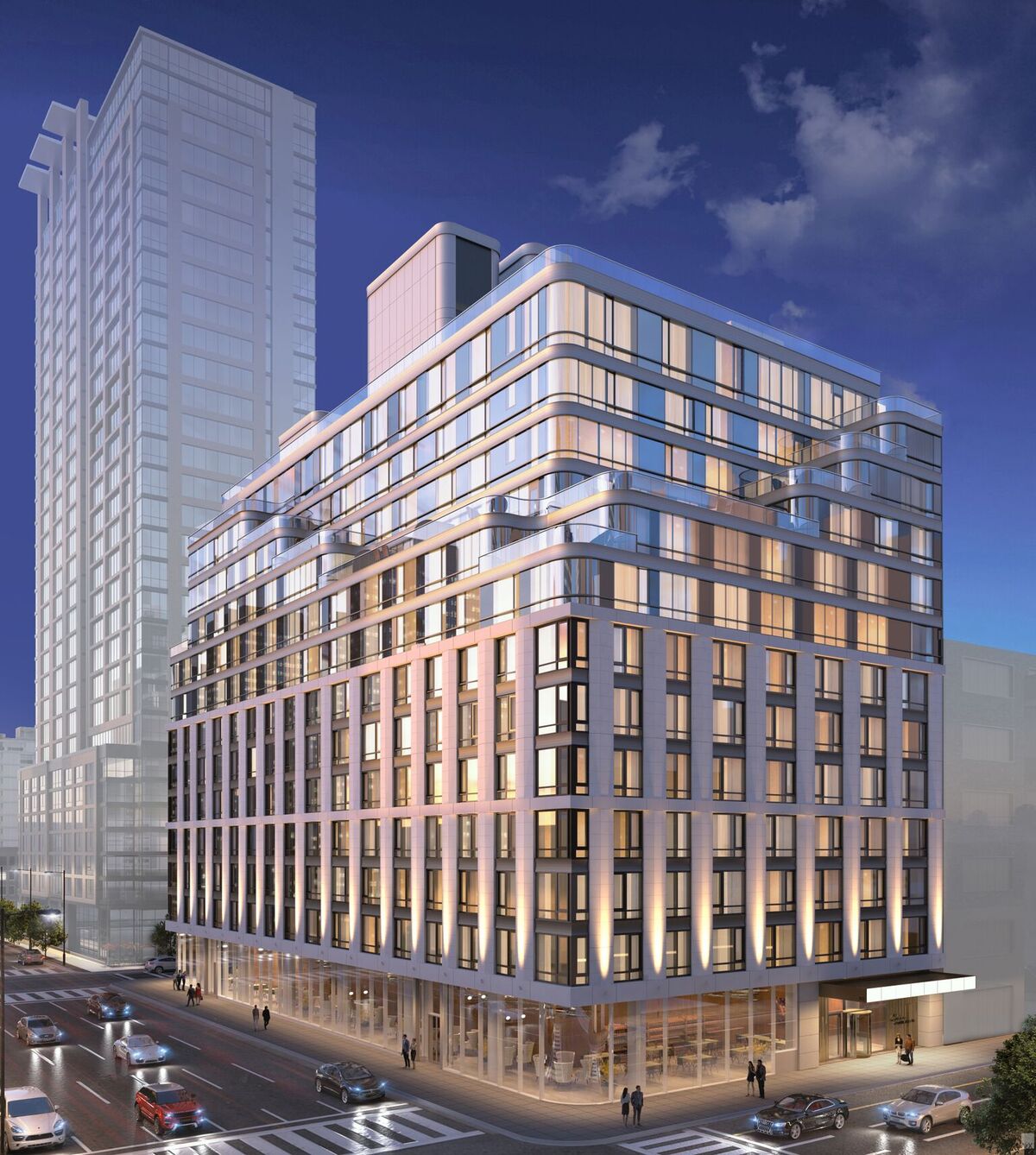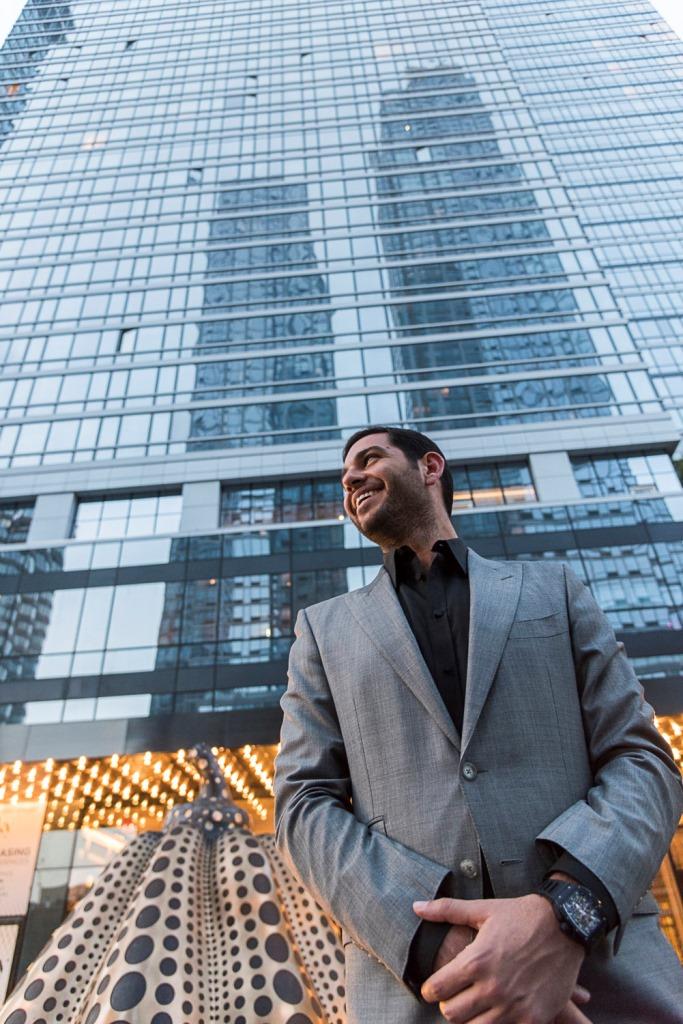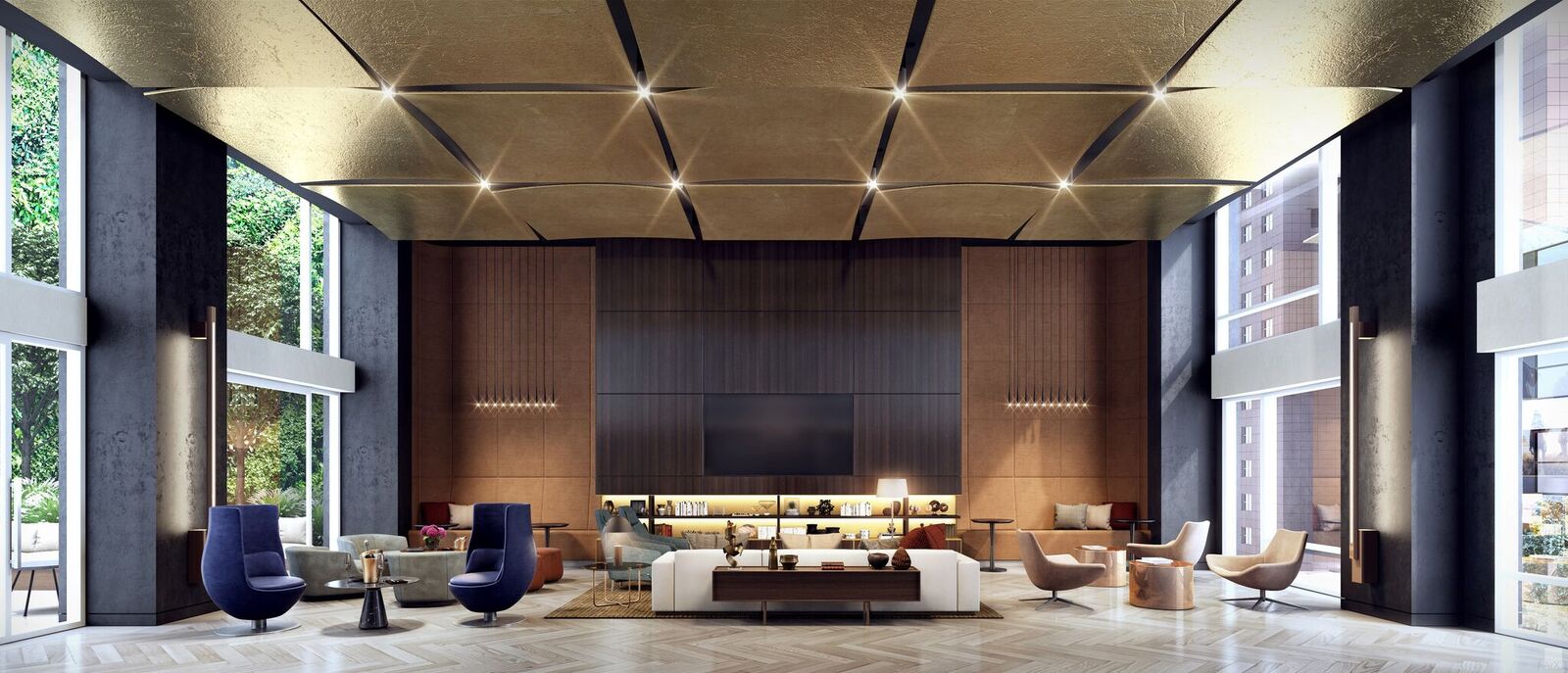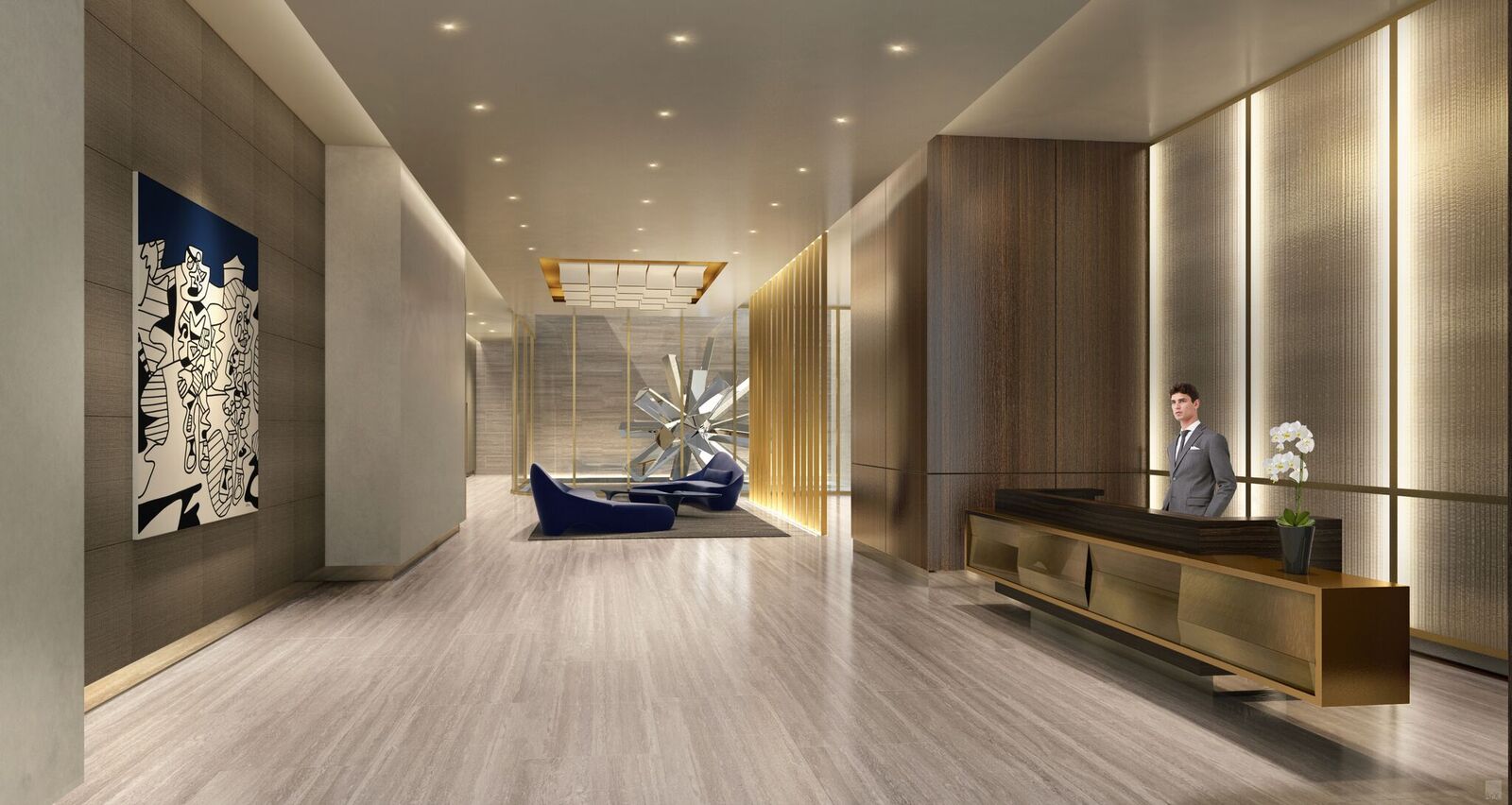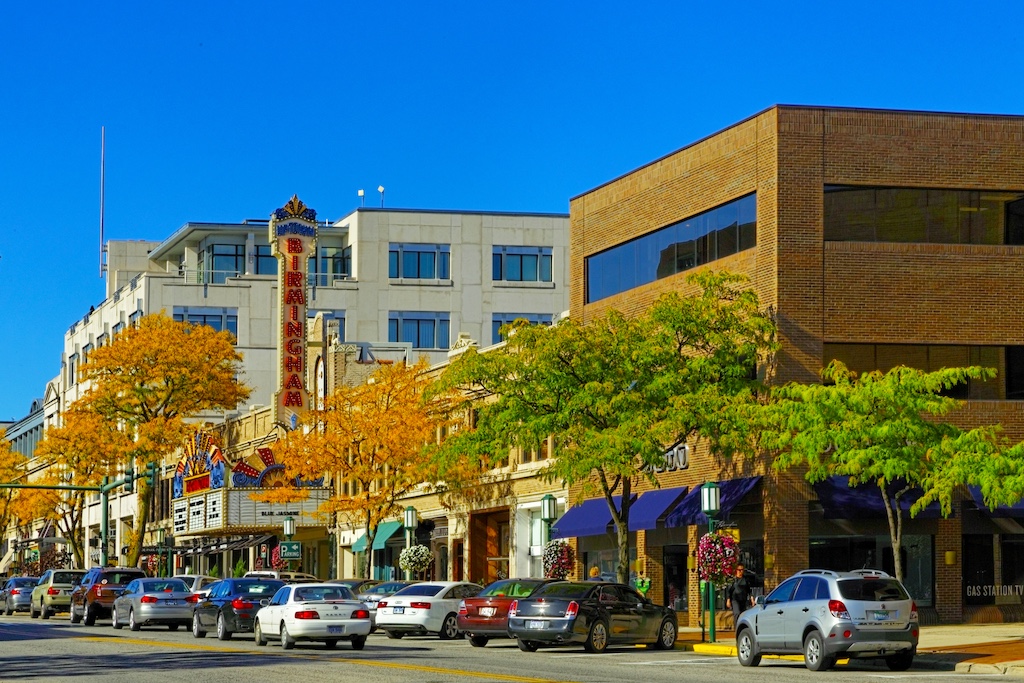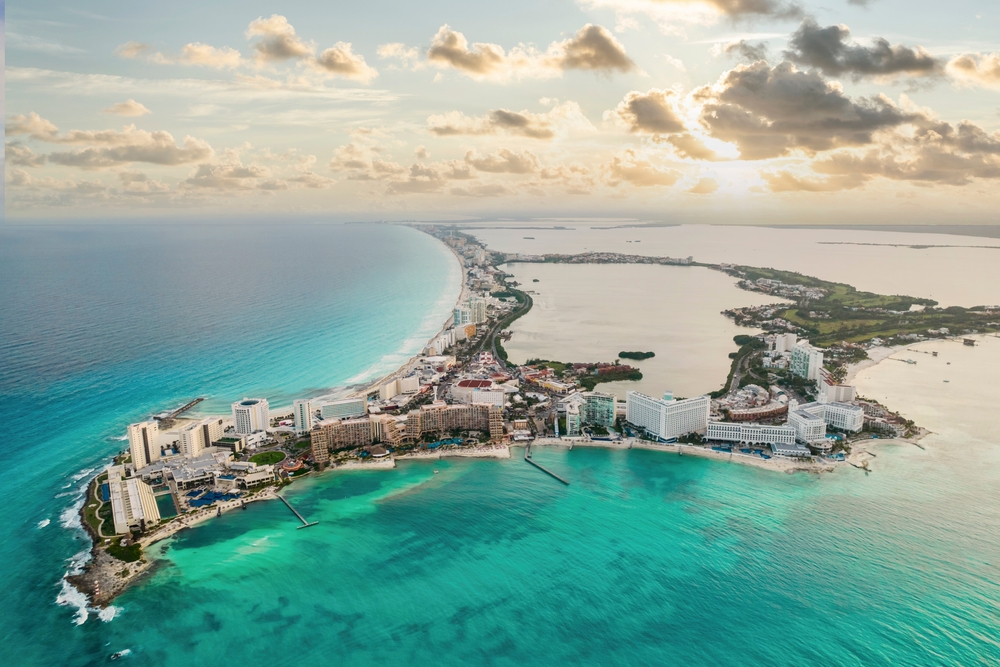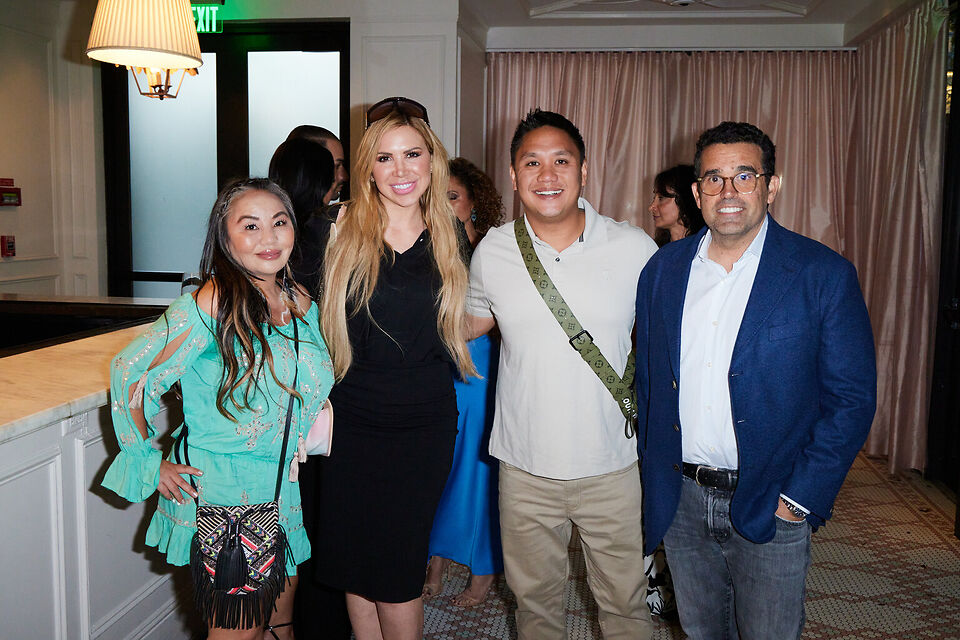Among the few national real estate firms that operate across all asset categories, The Moinian Group has charted the exhilarating evolution of New York ever since its foundation in 1982. Today, the firm boasts some of the most architecturally stunning, amenity-rich developments in the city that enable vibrant, high-end communities, tailored to the ever-changing needs of discerning residents. The unwavering success of The Moinian Group, which has beaten volatile markets and economic slumps, rests in the firm's staunch dedication to learn and adapt as technology changes, lifestyles shift and New York grows.
Haute Residence chatted with Mitchell Moinian, principal for The Moinian Group, about the company's achievements, insights and current projects.
What are some projects The Moinian Group is currently working on?
Expanding upon our portfolio, we are furthering our development along the west side of Manhattan, stretching from Hell’s Kitchen and Midtown West through West Chelsea, and down to the Financial District. These premier residential rentals will provide New Yorkers with amenities, including rooftop pools and common areas filled with world-renowned artwork. We are passionate about elevating every moment for our tenants, from the moment they walk through our doors and throughout the time they spend in their homes. We’ve also recently tapped into the Brooklyn residential market, with more details to come.
In what state would you consider the New York real estate market today?
Stronger than ever, the rental market in New York has reinforced our belief that people want their homes to be reflections of their personality and they’re willing to explore new areas for it. With our low vacancy rates, we’ve proven that the market demands uniquely crafted homes with world class amenities. Most importantly, we have found that New Yorkers are willing to explore burgeoning neighborhoods, like Hudson Yards and West Chelsea, to find such a product.
As one of the leading developers in NYC, what are some things in the market in your position at The Moinian Group that you’ve noticed, such as trends in architecture, and technology?
Recent action in New York has confirmed that New Yorkers are changing their behavior in how they live and work. People want a lifestyle that allows them to live how they work and vice versa. Creating diverse communities that encompass both residential and commercial developments, such as Hudson Yards and West Chelsea, is a prime example of this. Moinian has recently backed co-living startup, Ollie, a pioneer in this trend. Lastly, these areas and their developments are aspirations for how the future will want to live, which is why we’ve teamed up with exceptional design firms like Zaha Hadid and Rockwell Group to make each of our buildings standout.
The Moinian Group is a pioneer of Far West Side development. Why was this area appealing to the company?
We’ve always seen tremendous potential for this neighborhood as the future of Manhattan. It was one of the last untapped areas, waiting to become the new, New York. Development always follows transportation, and after the completion of the 7 train extension, access to the area is easier than ever. 3 Hudson Boulevard, our newest commercial project in development, sits directly on the Hudson Yards 7 train station, putting it at the center of Hudson Yards. Other than transportation, unobstructed views of the Hudson River and New York City skyline are unparalleled.
Sky, which became 100% leased this past summer, is the largest rental building in the country with 1,175 units. What factors do you contributed to its success?
The success of Sky is attributed to a culmination of factors, starting with a world class team that involved premier design firm Rockwell Group, architecture firm Hill West and our on-going team of experts that focus on creating new and exciting experiences for our residents. The Sky brand is now well-known throughout the city, anchored by the #LiveatSky campaign. #LiveatSky was so successful because we took an omni-channel approach to reaching the market. In addition to conventional marketing and advertising tactics both digital and print, we also worked closely with influencers of all types including NBA players, television stars and models to provide authentic content that inspired the community to desire Sky. The success has been so promising that the market might be seeing the second Sky building very soon.
The Moinian Group recently announced Oskar. How does this project differ from nearby Sky?
Different from Sky and other projects in area, we wanted to give our community an opportunity to live in a more intimate setting while still providing them with the same finishes and services of a building like Sky. Oskar has tremendous attention to the small details that optimize rental living, from windowed corridors filled with artwork by renowned Phillip Michaels to remote keyless entry into their homes, finished with condo-like fixtures that include Bosch and Grohe.
Are there any particular buildings or projects that inspired you early in your career?
Having been born and raised in NYC and with a passion for travel, I’ve always been immersed in the latest and greatest architecture with a deep passion for exploring it. Whether it’s a new building down the block or across the world, I am always aspiring to learn how I can make the next project better than the last.
A report about the future of the city recently was released with some lofty suggestions for what New York might look like 30 years from now. What do you think the city will look like at that time and how will The Moinian Group be adapting to that new city?
First, by looking back on the past 30 years, Moinian has had a lot to do with the rebirth of New York as a premier destination for both living and working. Looking to the future and to what I’ve said previously, we are constantly learning and adapting to the changing behaviors of how people interact with the built environment. We predict that future Generation Z will have a large influence on these behaviors with their preferences for more experiential atmospheres, smarter living and working, and desire to explore the unknown. These behavioral changes in society also mandate sustainable changes to the built environment. At Moinian, we’ve put a heavy focus on building more consciously to the environment while simultaneously increasing their efficiency. Our portfolio has laid the groundwork with several LEED and WiredScore certified buildings, and we plan only to expand those numbers as well as explore new methods for promoting wellness to our consumers.
What are some hardships or adversarial moments you’ve experienced in your position at The Moinian Group?
Similar to what I mentioned earlier, societal behaviors are in a big state of flux right now, with more of a demand and focus on blurring the divide between work and home. While we have tapped into this trend, we are constantly strategizing our developments and programming to a new way of life that the future generation is cultivating. We study to stay ahead of the curve and make decisions based on our informed assumptions for the future. The challenge here is that at the end of the day, the way people evolve is up to themselves. It’s widely accepted that social media is a leading channel for reaching the market, but we are constantly learning and exploring new ways to reach prospective customers in an authentic way that appeals to what people want to engage with. Technology particularly becomes a challenge in the planning and launch phases of a building. By the time we start leasing, we often need to adapt to current technology that has since evolved.

